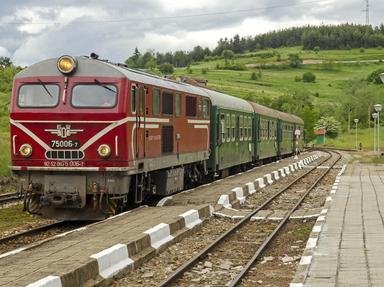Quiz Answer Key and Fun Facts
1. One year in Bavaria we walked from a town famous for violin making, to the place where the 1936 Winter Olympics were held. Which places did we have our luggage taken from and to?
2. In Austria we visited a place with a fiery name. We walked up the valley named for our resort to a cable car that took us up to the Lunersee, a beautiful alpine lake. Some of the paths in the mountains have a warning at the start "Only for the experienced, sure-footed and free from giddiness". At least that was how we translated the German.
Where were we?
3. One year we walked (ok, some of it was by cable car!) from this town on the lake of the same name to the cross on the top of the Schmittenhohe mountain that overlooks the town.
4. This town is overlooked by the Drachenwand mountain, and boasts a Rodelbahn ride; on the lake of the same name we hired an electric boat.
5. From this town we took a ferry across the Wolfgangsee to St Wolfgang, where we rode the Zahnradbahn (steam cog railway) to the top of the Schaffberg.
6. This town with an amusing name to English speaking ears (so to speak) lies in the Otztaler Alps. Here we walked on the glacier where in 1931 Professor Auguste Piccard landed his high altitude balloon after reaching a record height of over 10 miles.
7. This town at the bottom of the Stubaital, renowned for the making of ice-axes, is where a narrow gauge railway was built connecting the town to Innsbruck. The Zuckerhutl mountain stands at the top of the valley.
8. This small but exclusive town in the Vorarlberg district, in a valley off the main road from Feldkirch to St. Anton, nestles under the Rufispitze mountain, and has several lifts that took us to beautiful walks from one mountain hut to another. From here we took the opportunity to drive for a day trip to Vaduz in Liechtenstein.
9. This is another town in a valley of the same name, which has a lake/reservoir at the head. Along this valley is the Gletscherbahn train ride up the mountain that was the site of an appalling tragedy in 2000.
10. We only had time for a day visit to this village with a sacred name that lies under the Grossglockner, the highest mountain in Austria. In the churchyard of this place are the graves of people who died on the mountain.
Source: Author
davejacobs
This quiz was reviewed by FunTrivia editor
agony before going online.
Any errors found in FunTrivia content are routinely corrected through our feedback system.
